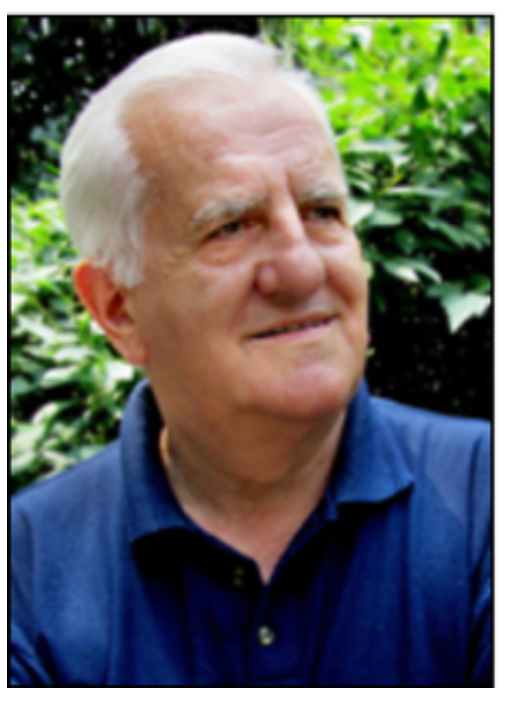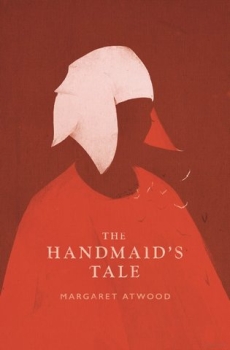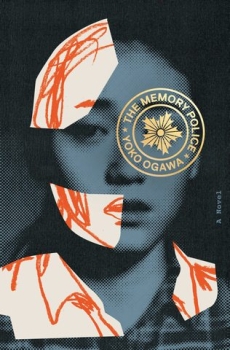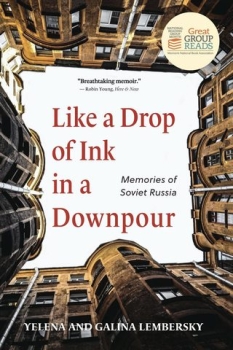
The Time of the Goats by Luan Starova
English translation by Christina E. Kramer, 2013; first published in Macedonian in 1993 as Времето на козите (Vremeto na Kozite).
The Time of the Goats by Luan Starova is a postwar Balkan novel that blends memoir, historical fiction, and political allegory to depict life in Macedonia during the early years of socialist Yugoslavia. Centered on a child narrator and his family's entanglement with a banned community of goat herders, the novel explores themes of authoritarianism, cultural identity, and the politics of memory. Through layered symbolism and autobiographical resonance, Starova interrogates the social upheavals that shaped the modern Balkans.
Historical background:
As the translator’s note observes, the book draws from reality. The modern Republic of Macedonia was formed in 1944 as one of six Republics in Socialist Federal Yugoslavia, headed by wartime partisan leader Josip Broz Tito. The novel/memoir is set in the late 1940s, when the wartime anti-fascist alliance fragmented people’s lives. Historical resonances include:
- The narrator’s family are newcomers to Skopje (from Constantinople via Albania), living in the “Goatherd Quarter” of “intermingled nationalities, faiths and customs” (p. 63).
- Changa’s fate recalls that of some popular anti-communist politicians after World War II, eliminated by Macedonian Communist leaders who were loyal to Tito. For example, Metodi Andonov Chento was arrested, tried and imprisoned in 1946, and then erased from history until the late 1980s.
- Tito’s independent path led to a break with Stalin in summer 1948, and a purge of those suspected of siding with Stalin.
- Macedonia witnessed less inter-ethnic violence than other Republics (for example Bosnia, p. 112), both during World War II and when Yugoslavia fragmented after 1991.
- In December 1948, the Yugoslav Republic of Macedonia passed a law prohibiting the keeping of goats (Greece had enacted similar laws in 1937, ostensibly to protect forests, but also severely impacting rural communities which depended on goat-herding).
The book club is hosted at the Tempe Public Library, convened by Keith Brown. [email protected]. For the latest book club meeting register at: tempepubliclibrary.org and click Event Calendar.
Key terms (and longer-term history)
Kale – “fortress” in Ottoman Turkish, referring to the citadel in Skopje, situated on a hill on the East bank of the river Vardar.
Janissaries – Ottoman elite military unit from the 14th–19th centuries, made up of children recruited from diverse ethnic/religious communities and converted to Islam.
Socialist Federal Yugoslavia – formed in 1945, including the Republics of Macedonia, Montenegro, Serbia, Bosnia-Hercegovina, Croatia, and Slovenia.
Tito – wartime leader of pan-Yugoslav communist partisan movement, President of Yugoslavia until his death in 1980.
Stalin – Soviet Union leader who denounced Tito in 1948; died in 1953.
Collectivization – confiscation of private land/property for state use, especially impacting rural communities.
Suggested discussion questions
- If you had the chance to ask the author one question, what would you ask?
- What is the effect of the author’s choice to have a child as the main narrator?
- What do the goats, milk, and the color white symbolize? What other symbols stand out for you?
- How do you understand the curse, “Death to your neighbor’s goat?” (pp. 48, 115)? How does it relate to the Bosnian story of the killing of a goat disguised as a lamb (p. 112)?
- Changa is described as leader of the “goat-mafia” (p. 16), uneducated but eager to learn (pp. 46–51), a critic of socialism (p. 76), a popular hero (p. 105), a savior (p. 116), a saint (p. 129), and a threat to the regime. How do you understand the character, and his friendship with the narrator’s father? What do you think happened to Changa and the goats?
- How do you read the story of the family goat’s naming as “Stalinka” (p. 72) and renaming as “Liberty” (p. 85)? Is it funny, deadly serious, both, or neither?
- Luan Starova’s family was Albanian, he wrote in Macedonian, and he and his older brother Vulnet Starova (President of Parliament 1986–1991) both held high office. What does the book have to say about social class, national culture, and identity politics?
Further reading
Two interviews with translator Christina E. Kramer:
https://www.asymptotejournal.com/blog/interviews/
https://www.catranslation.org/feature/translating-skopje-an-interview-with-christina-kramer/

Luan Starova
Author bio:
Luan Starova was born in Podgradec, Albania in 1941, to an Albanian family. They moved to Struga in 1943 and then to Skopje, now the capital of North Macedonia, in 1945. After receiving his doctorate at the University of Zagreb in Croatia, and working as a journalist, Starova joined the faculty of French Literature at the University of SS Cyril and Methodius in Skopje. He was appointed as Yugoslav ambassador to Tunisia (1985) and Palestine (1990), and after Macedonian independence he served as the country’s first ambassador to France (2004). He wrote 20 more novels over 5 decades, and passed away in 2022.
Publication and Translation:
The Time of the Goats is Starova’s second novel (after My Father’s Books) in the Balkan Saga, based on his own family history. Set in the immediate post-World War II period (1945–1949), the book mixes fact, fiction and memoir from his family history, and addresses themes that until the late 1980s were considered taboo or dangerous to write about. The book was published in Macedonian in 1993, following Macedonia’s transition from one-party rule to a multi-party system after the parliamentary elections of November 1990, and the Republic’s referendum on independence on September 8, 1991. Translator Christina E. Kramer first encountered Starova’s trilogy after 2000, and chose to translate all three books in part because, in her words, “…Starova’s works, which highlight the long and deep cultural and linguistic ties of different Balkan peoples, provide an antidote to our notions of the Balkans as a locus of conflict because they focus on centuries of cultural and linguistic exchange.”
https://www.catranslation.org/feature/translating-skopje-an-interview-with-christina-kramer/



